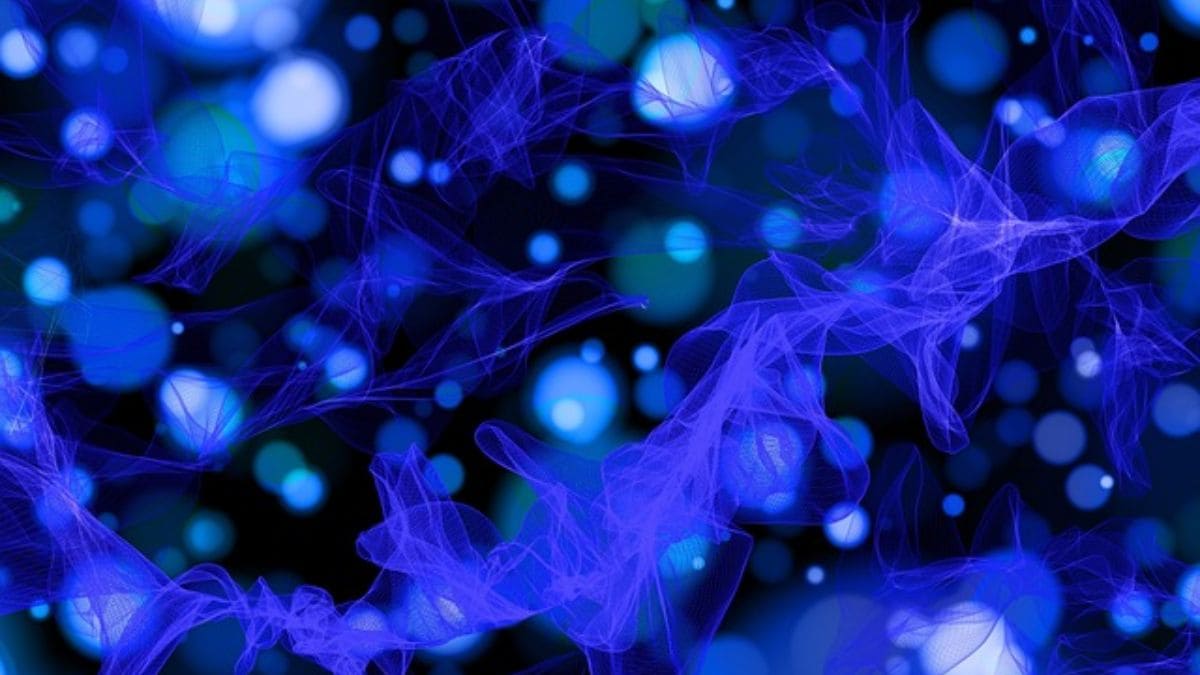A striking satellite image from 2023 revealed a rare combination of natural phenomena occurring simultaneously around Bear Island, or Bjørnøya, part of...
Science
Recent discoveries indicate that the universe may harbour significantly more feeding supermassive black holes than previously estimated. These colossal...
SpaceX launched 131 satellites into orbit during its Transporter 12 mission on 14 January 2025. The Falcon 9 rocket lifted off from Vandenberg Space Force...
A system of two massive stars in the Milky Way, Wolf-Rayet 140, has been closely studied, revealing the formation and outward expansion of carbon-rich dust...
An “unusual” La Niña event has been confirmed, bringing cooler atmospheric and oceanic conditions in the tropical Pacific. Despite expectations for...
India has become the fourth nation to achieve successful space docking, following the completion of the SpaDeX (Space Docking Experiment) mission by the Indian...
A supermassive black hole in a galaxy located 100 million light-years away has drawn the attention of astronomers with its unusual behavior. Observations have...
A laser-based imaging method has brought to light intricate tattoo designs on 1,200-year-old mummies from Peru’s Chancay culture. These tattoos, once...
A breakthrough in materials science has unveiled that carbon nanotube (CNT) fibers can be fully recycled without losing their original properties, offering a...
Frozen dunes observed on Mars’ surface may provide insights into the planet’s past climate and the potential for life. Carbon dioxide frost...
A technical issue has caused Blue Origin to postpone the maiden launch of its New Glenn heavy-lift rocket. The aerospace company, founded by Jeff Bezos, had...
Solar activity over the past three years has been transformed into audible sound through data collected by the Solar Orbiter, a joint mission by the European...
The state of the American flags planted during the Apollo moon landings continues to intrigue space enthusiasts and researchers. The six flags, symbolic of the...
A new category of particles, termed “paraparticles,” has been theorized by physicists, offering a fresh perspective on the fundamental building...
A new passenger plane design featuring a revolutionary “blended wing” structure is set to take flight within the next five years, marking a...
Earth has experienced its hottest year on record in 2024, with temperatures significantly exceeding previous highs. This marked a temporary breach of the...





















